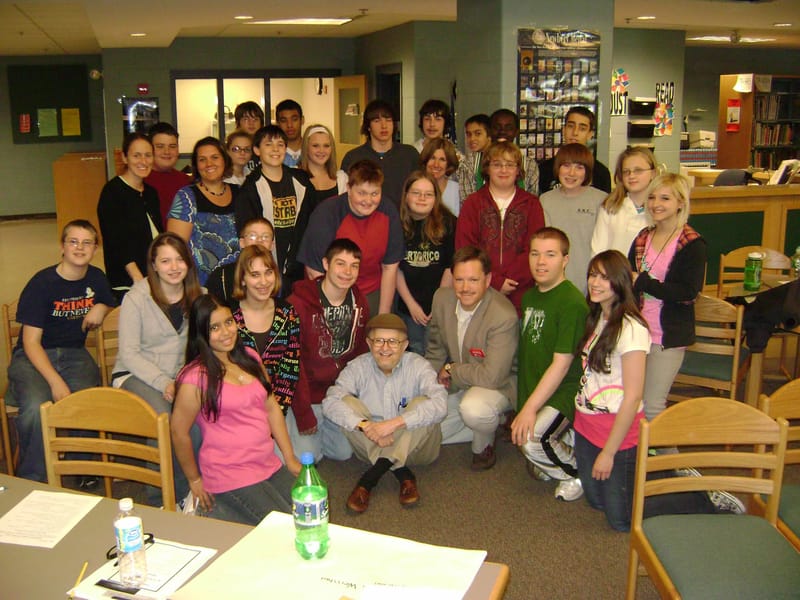Holocaust Classroom Presentations (Middle School)

The Rise of the Nazis: Why Do People Hate?
Why do we target others? How does casual cruelty potential lead to something worse? What allows us to justify hate that is both destructive and self-destructive? This presentation will broadly focus on the Nazis coming into power; the accession to political power; the human rights violations and antisemitic ideas. How do human rights violations escalate without being checked and what is the responsibility of individuals when facing such violations? A major focus will be how we create the ‘other’ and how to be an “Upstander” in the face of a perpetrator or bully. An ideal introductory presentation for middle schools dealing with the issues of personal and social responsibility and resistance.
Choices: Letting others Be
This 45-minute presentation asks students to consider who tells you to hate and why? What happens to you? What happens to the target? Using Anne Frank and Martin Luther King (both born in 1929) students are presented with the choice to care about others and build compassion by confronting the past. The presentation is shaped around an April 1944 diary entry by Anne: “If only I can be myself”. Why is it difficult to let people be themselves, to just be?
Number the Stars: Danish Rescue
This presentation places the story and its characters within the broader context of wartime events in Denmark and the Holocaust. We will explore how Danes negotiated, resisted, and at times collaborated with the German occupation. We will discuss the relative advantages of Denmark during the Nazi era and explore the rejection of antisemitism and the work of the Danish Resistance. We will examine "goodness" as a human, not national trait by exploring the Jewish Foundation for the Righteous' 8 traits of an “Upstander.” Students will hear brief testimonies by Ole Philpson, former Danish Ambassador and rescued child and Tove Udsholt, a child protected in Denmark, but separated from her birth family.